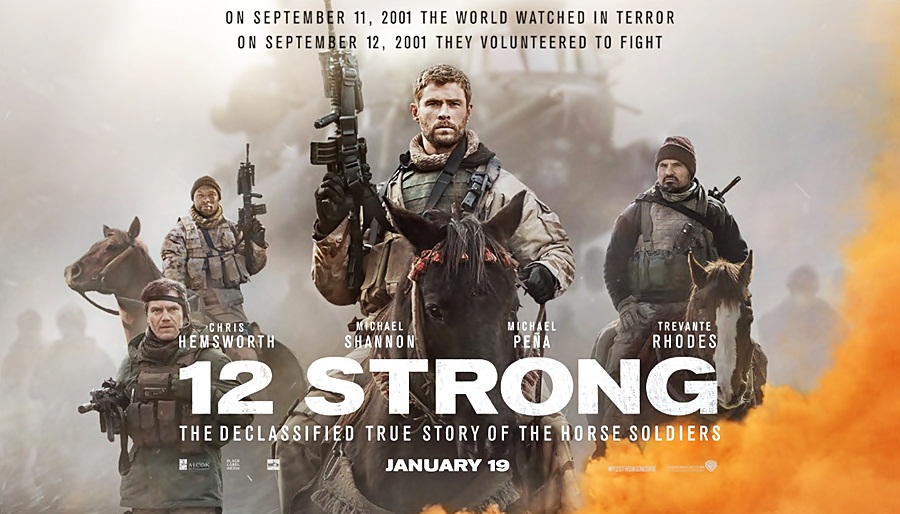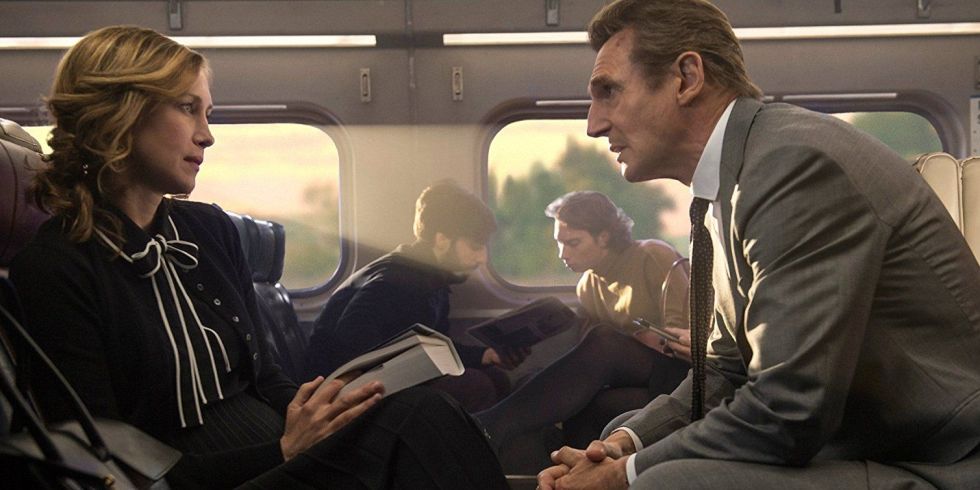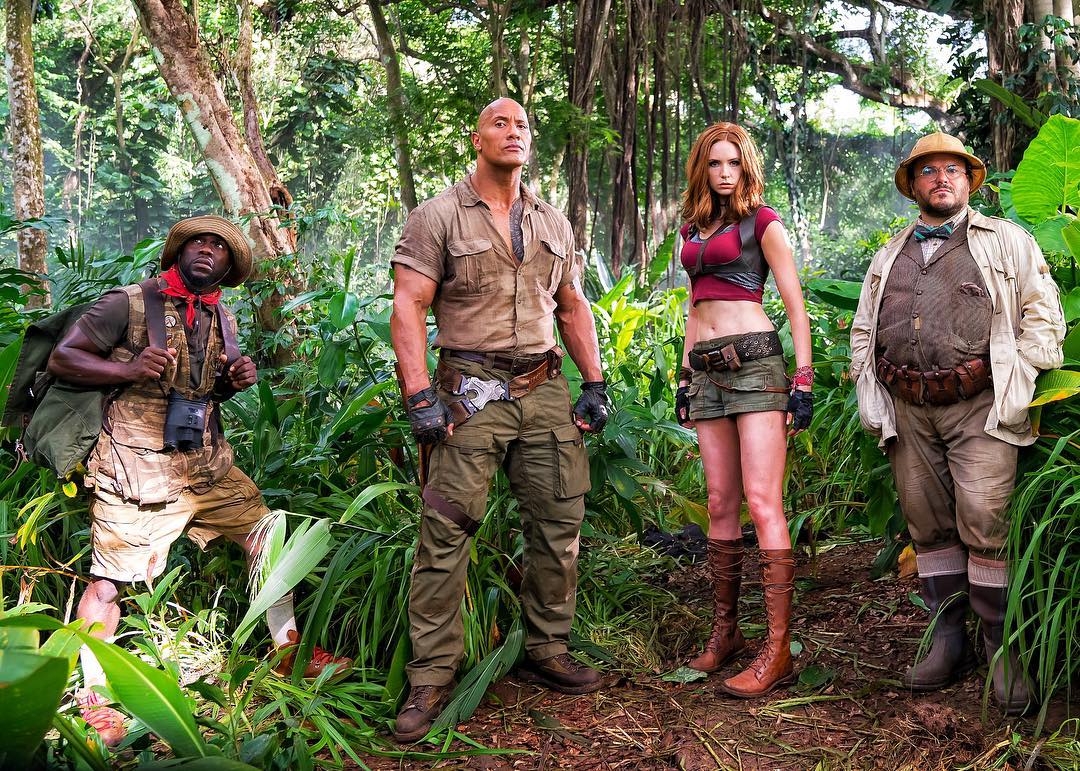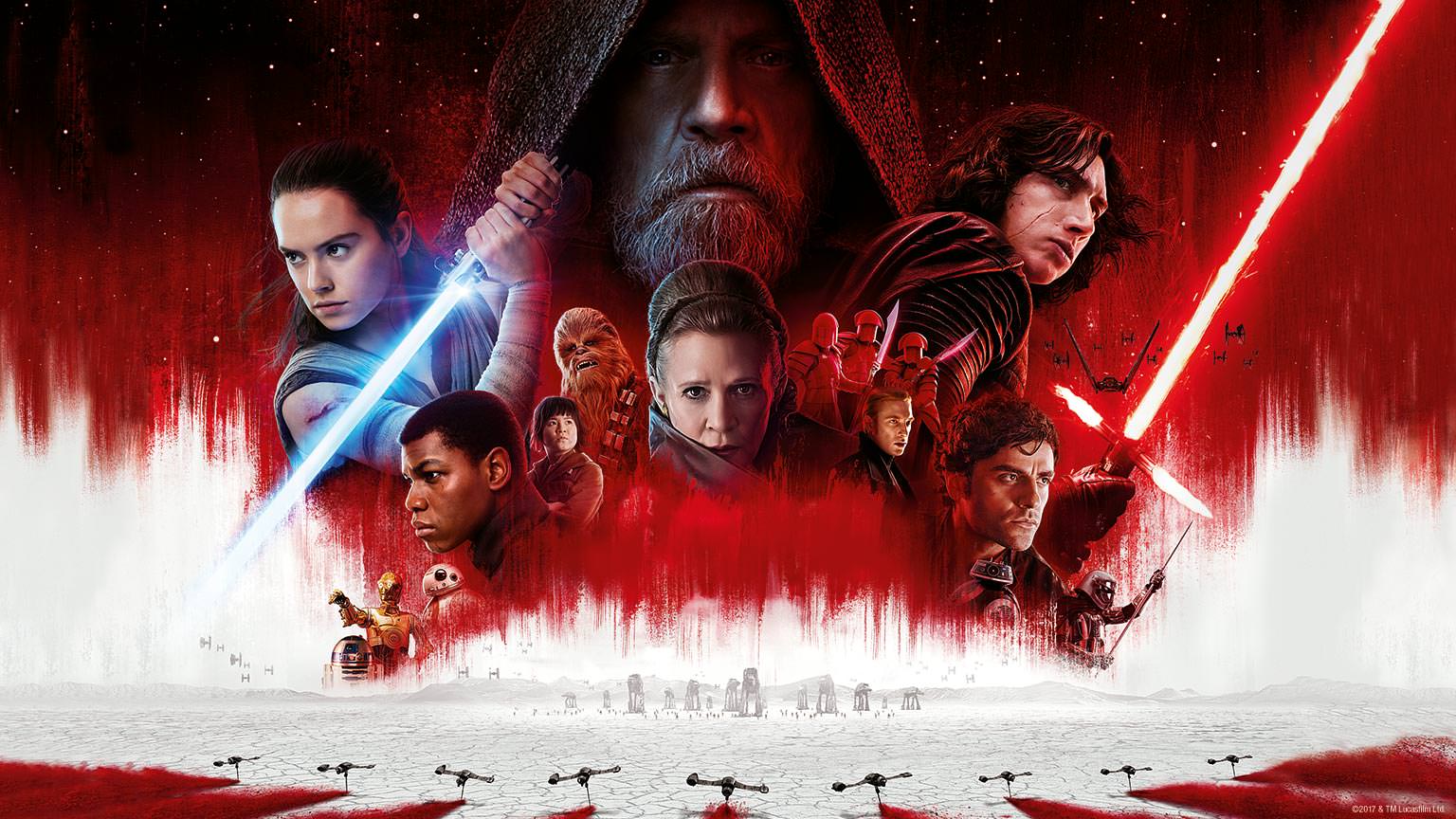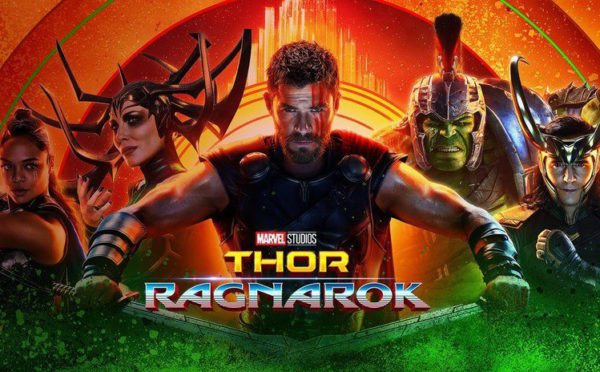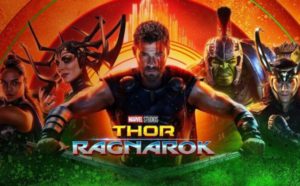12 Strong
Posted on January 18, 2018 at 11:22 pm
B| Lowest Recommended Age: | Mature High Schooler |
| MPAA Rating: | Rated R for war violence and language throughout |
| Profanity: | Very strong language |
| Alcohol/ Drugs: | Portrayal of misogynistic regime |
| Violence/ Scariness: | Extended wartime violence, characters injured and killed, some disturbing images |
| Diversity Issues: | None |
| Date Released to Theaters: | January 19, 2018 |
| Date Released to DVD: | April 30, 2018 |
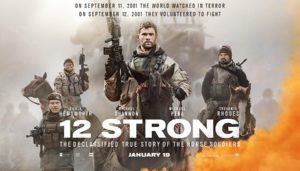
This film begins with a brief reminder of the terrorist attacks leading up to the airplanes that flew into the World Trade Center and Pentagon on September 11, 2001. And then, as in all films of men about to go into danger, we see happy families, just enough to make sure we care about these loving husbands and fathers. We know that Captain Nelson (Chris Hemsworth, back to being mortal after “Thor: Ragnarok” but no less heroic) is not going to be able to keep his promise to pick that adorable ladybug-drawing daughter after school, and pretty soon he knows it, too.
There are wives who bravely say that this is what they signed up for. One says, “Some wives cry; I clean,” as she scrubs her oven. Another looks at her husband grimly, insisting he give their son the bad news himself. Nelson has to undo his plans for a desk job to go back to his team. He also has to prove himself to his commanding officer, who selects him over five other teams because he seems to have the best understanding of the challenges, especially the weather that will make their mission impossible if they don’t complete it before winter makes the route impassable.
And then the twelve are on their way with just the briefest and sketchiest debrief from a CIA officer. There are three warlords in the area who all oppose the Taliban but otherwise are in mortal combat with each other. One of the challenges for the American team will be to keep that fragile alliance in place as they need the support of all of them to reach the outpost, liberating several locations along the way.
It is hard to follow at times. There are so many “the whole world depends on this next impossible thing” moments, so much bro talk, so much tech talk, so many reminders of how many days “in country,” so many similar-looking explosions and shoot-outs. But Hemsworth, Shannon, and Pena create real, relatable and yet heroic characters, and seeing them ride into battle on horseback against daunting odds is genuinely moving and inspiring. The most intriguing part is the developing relationship between Nelson and his local counterpart, General Dostum (Navid Negahban). The outcome revealed before the credits is appropriately both reassuring and disturbing.
Parents should know that this film includes extensive wartime peril and violence including guns and explosions with many characters injured and killed, some grisly and disturbing images, references to child abuse, strong language, and some sexual references.
Family discussion: What is the difference between a soldier, a warrior, and a warlord? How did Nelson and Dostum learn to trust one another? What can we tell about the man by the way they said goodbye to their families?
If you like this, try: the book by Doug Stanton and the movies “Act of Valor,” “Lone Survivor” and “Charlie Wilson’s War”

